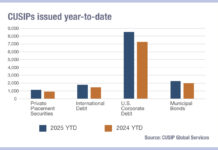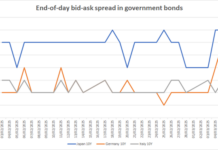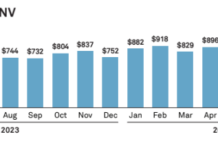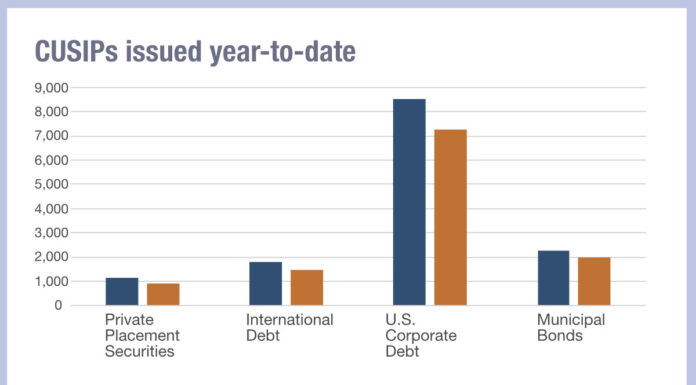Private credit has expanded rapidly in recent years, with the IMF recently reporting that the size of the market topped $2 trillion globally, of which more than three-quarters is in the US.
Some industry estimates have the market increasing to $3 trillion or even $4 trillion within a few years. The reasons underlying the rise of private credit and the outlook going forward were discussed Friday at the Fixed Income Leaders Summit in Boston.

In the Private Credit Spotlight panel, Amanda Lynam, head of macro credit research, Portfolio Management Group, Private Markets at BlackRock, presented a big-picture view that calls for “dispersion but not widespread market disruption.”
Lynam cited four reasons for the growth in private credit, or privately negotiated loans and debt financing from non-bank lenders: investors’ desire for diversification; borrowers’ desire for certainty in locking in capital; tighter bank lending standards; and structural shifts in public markets that favour larger borrowers.
BlackRock expects the US Federal Reserve to keep interest rates a bit higher, for a bit longer, than the market expects. This scenario will allow investors to continue to get attractive yields by deploying capital in private credit, while also putting the onus on corporate borrowers to manage through the environment. Companies that cannot sustainably grow into their capital structure should be avoided as credit investments, Lynam said.

Bradford Lo Gatto, head of private credit & alternative assets at PartnerRe Asset Management, listed the positives of today’s private credit market: fundamentals are holding up; defaults are muted; investor demand is substantial; and the retail avenue is opening up.
Yet, he cautioned, “There are starting to be some cracks around the margins.” He noted that borrowers are feeling the pinch from higher interest rates and an estimated 40% of borrowers are not covering their interest expense.
“We’re being a bit more cautious around the space,” he added. The panel noted it is a good time to be a liquidity provider in private credit. Four years ago, Bill Cole, credit product specialist at HarbourVest Partners, would have said the private credit market grew too fast and should be smaller; now, he believes the market is too small relative to private equity, and more private credit needs to be deployed.
“The entry point has probably never been better [for liquidity providers]”, Cole said. The panel concluded by assessing the future of private credit. Lo Gatto said that will include more transparency, more eyeballs, and more published research, but also more regulation.
©Markets Media Europe 2024
©Markets Media Europe 2025


























